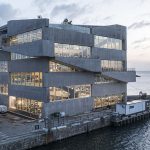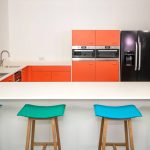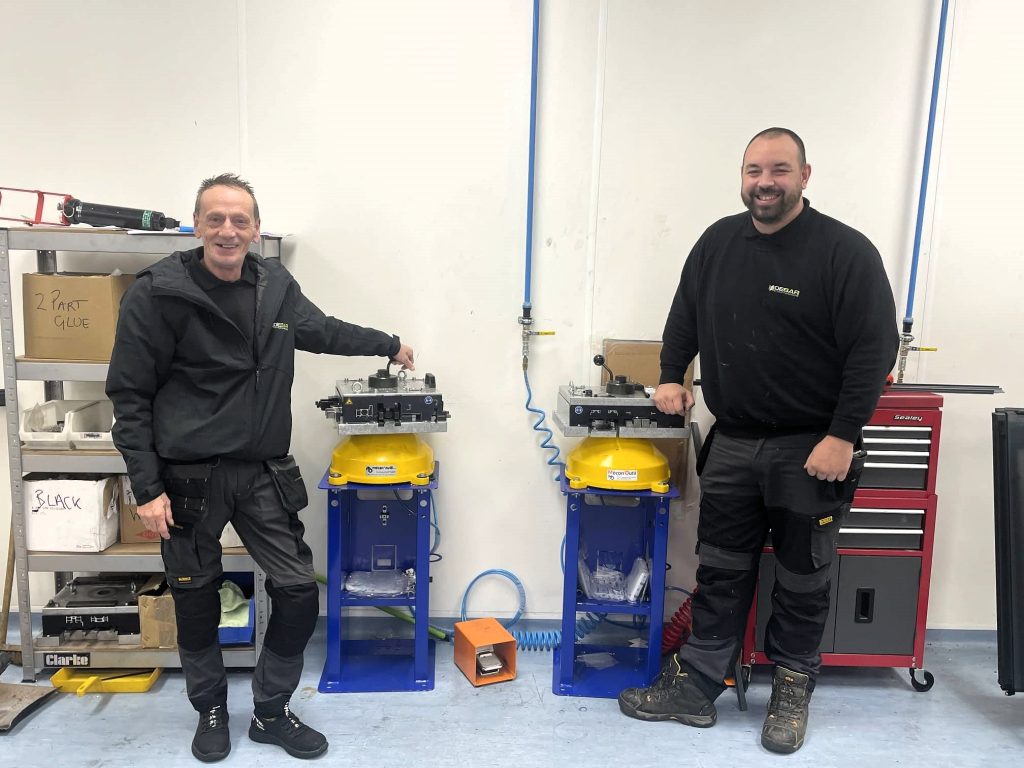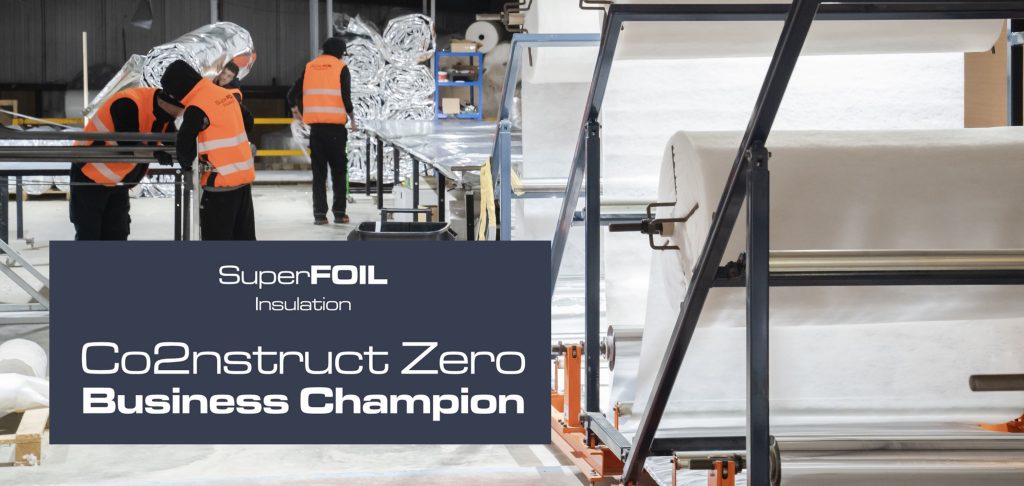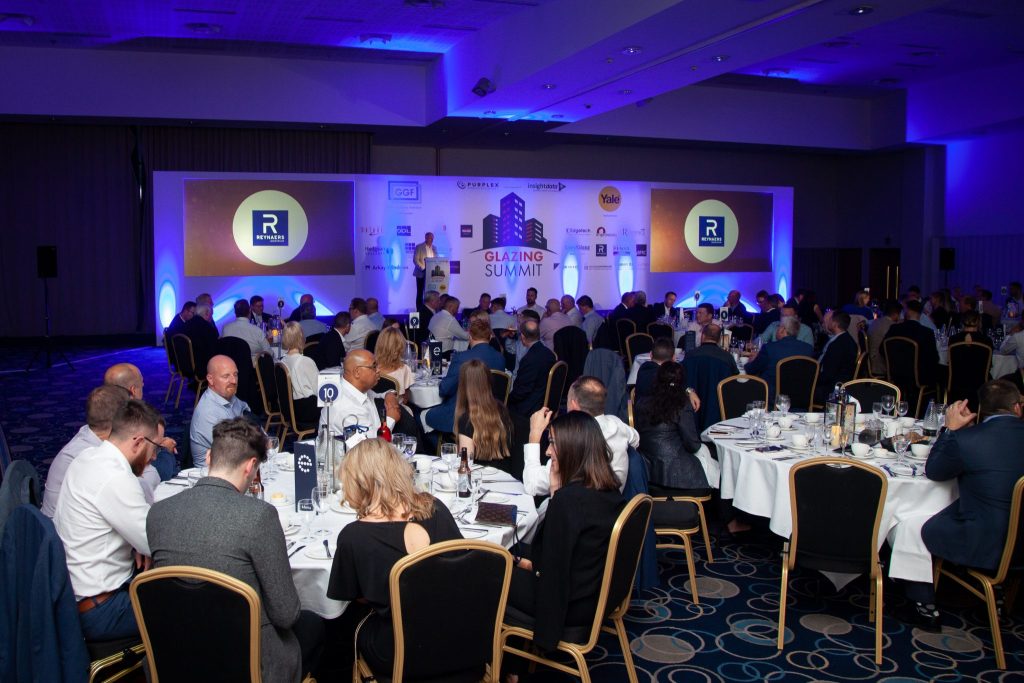Looking beyond the surface
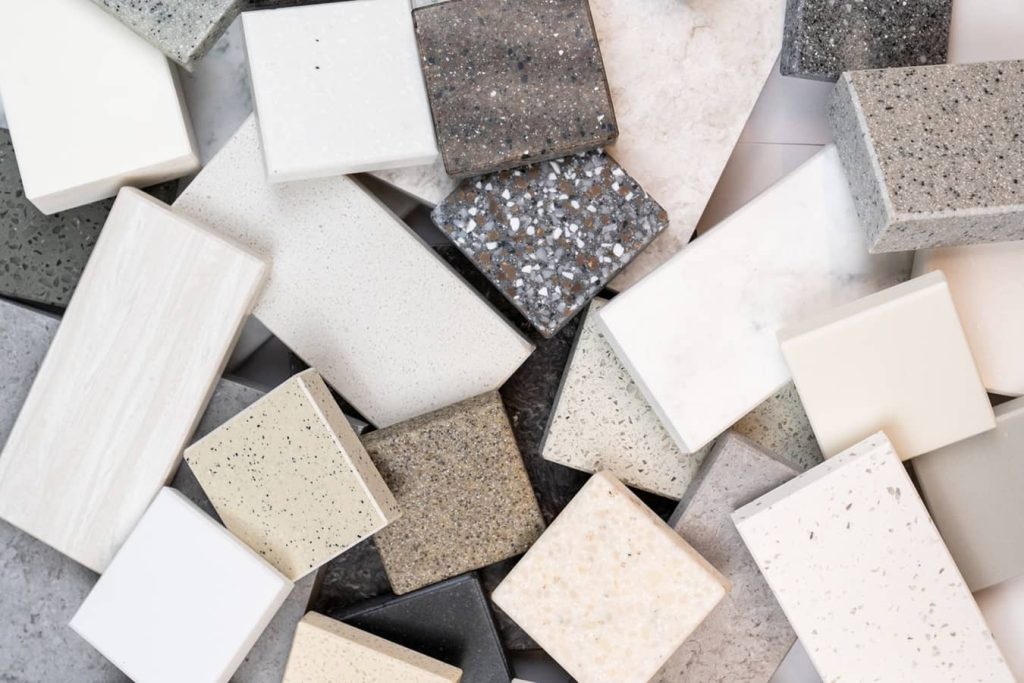
 When it comes to solid surfaces, what should architects’, designers and specifiers be looking for in a solid surface, function or elegance? Sameer Sawant, Director of Velstone, says, why choose?
When it comes to solid surfaces, what should architects’, designers and specifiers be looking for in a solid surface, function or elegance? Sameer Sawant, Director of Velstone, says, why choose?
In the world of architecture and design, we often find ourselves grappling with the question: what’s more important in a solid surface – function or beauty? As someone who’s spent more than two decades immersed in this industry, I’m here to tell you that this is a false dichotomy.
The truth is, you can have your cake and eat it too.
Let’s consider the diverse applications of solid surfaces. From bustling airport reception desks to sterile laboratory worktops, from luxurious hotel bathrooms to durable student accommodation kitchens – each environment demands specific qualities.
But does that mean we must sacrifice aesthetics for practicality, or vice versa? Absolutely not.
Take healthcare establishments, for instance. Hygiene is paramount, but that doesn’t mean we should settle for clinical, uninspiring spaces. Modern solid surfaces can be seamless and bacteria-resistant while also offering warm, inviting textures and colours that contribute to a healing environment.
In hotels, bustling airports or retail settings, durability is crucial to withstand high traffic, but the surface must also be visually appealing to enhance customer experience. The right solid surface can achieve both, serving as a functional worktop while simultaneously acting as a design element that promotes a brand.
For modular construction projects that need bathrooms and kitchens, the ability to have straightforward assembly is key. Yet, these spaces also demand a touch of luxury and elegance. With advanced solid surfaces, you can have easy installation without compromising on the wow factor.
And, in education environments, we need surfaces that can withstand the rigors of daily student use while also creating inspiring spaces that foster learning and creativity. It’s not an either/or situation – the right solid surface can and should do both.
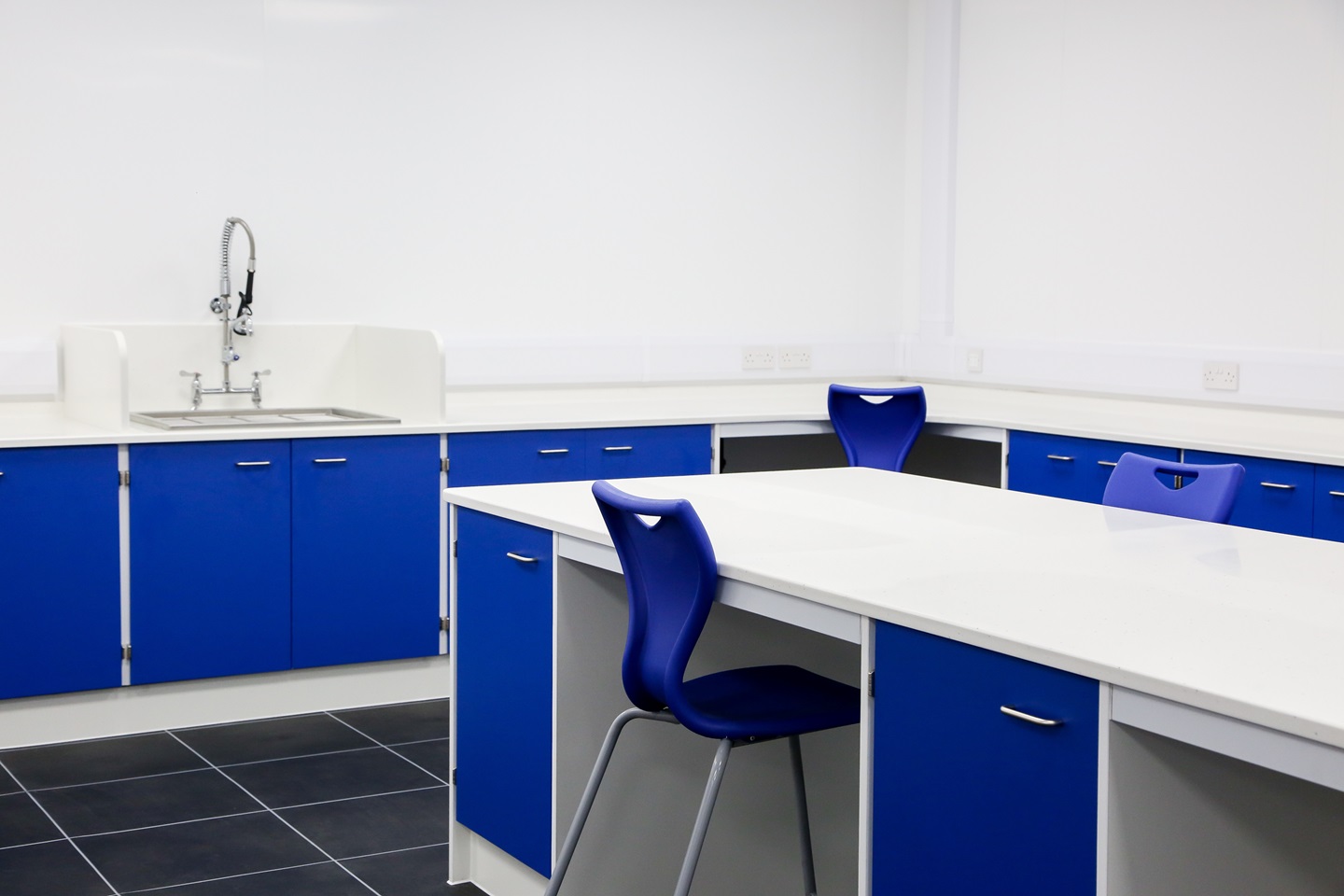
The key for specifiers is to look beyond the surface (pun intended) and consider the holistic qualities of the material. How does it perform under various conditions? How easy is it to maintain? Can it be seamlessly integrated into different design schemes? Does it offer flexibility in terms of colour and pattern options?
The beauty of modern solid surfaces lies in their versatility and the fact that they aren’t just built to perform, they’re beautiful too. They can come in custom sizes and a wide range of thicknesses, matched to specific colour palettes, and even can replicate intricate patterns. This flexibility allows designers to create spaces that are both highly functional and aesthetically pleasing.
At Velstone, we’ve embraced this philosophy of uncompromising performance and design. Our solid surface is engineered to meet the demanding requirements of diverse environments, from reducing bacteria growth in hospitals to withstanding the wear and tear of high-traffic areas. Yet, it also offers limitless design possibilities, including precise RAL and Dulux colour matching and the ability to embed it with digital images or objects.
In the end, when it comes to solid surfaces, we don’t have to compromise between function and elegance. We can – and should – demand both. After all, isn’t that what great design is all about?
For more information visit www.velstone.com or call 0208 861 4422.



